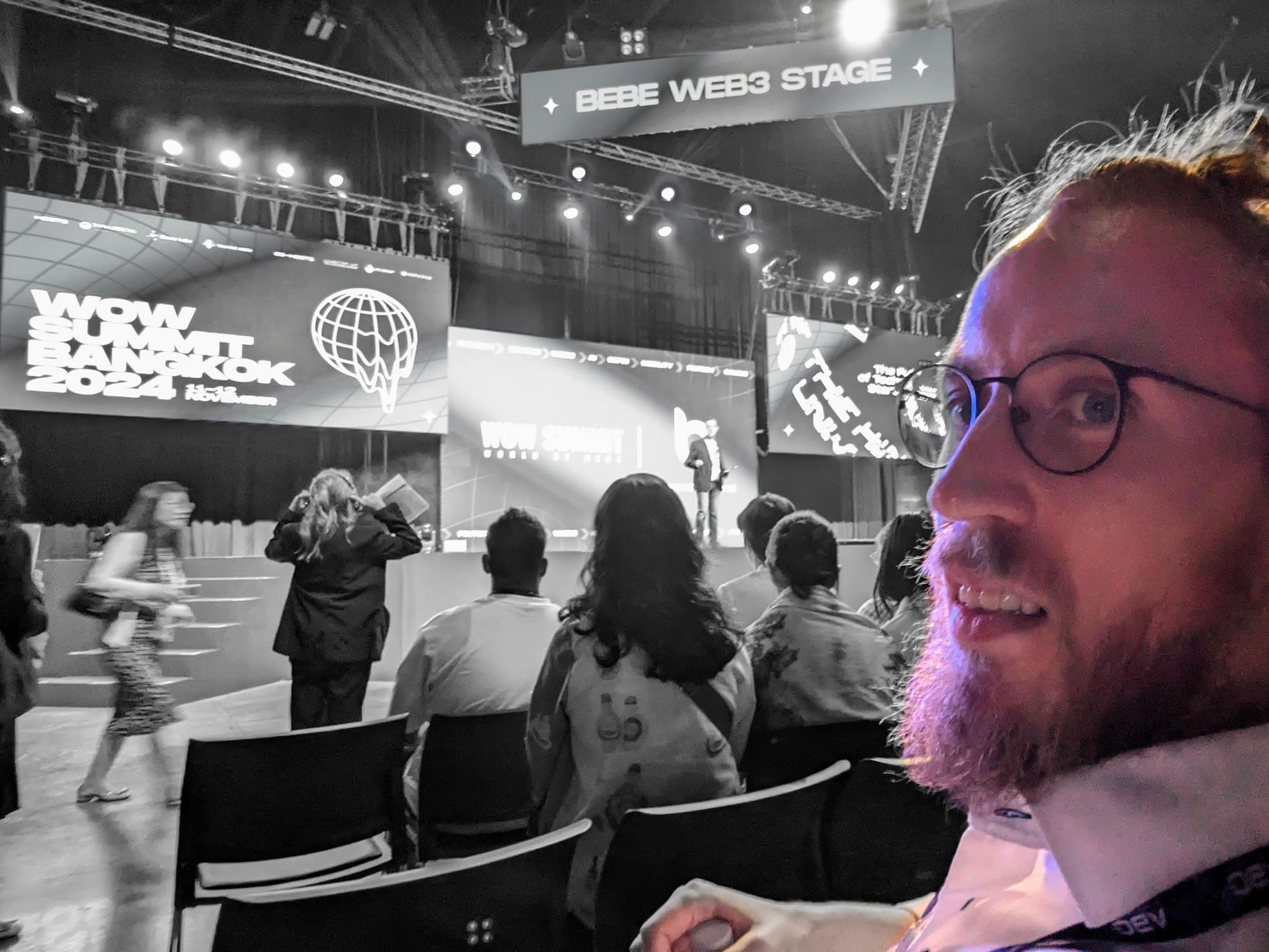# Nopen Source: The New Reality of Code Sharing in the AI Era
In a world where AI can transform any code into a functionally equivalent but structurally different implementation, we’re witnessing the emergence of a new paradigm that I call “Nopen Source.”
## What is Nopen Source?
Nopen Source represents a fascinating middle ground in the software licensing landscape. It’s not open source in the traditional sense of liberal licensing—it remains technically proprietary. Yet it’s “open” in a practical sense because the source code is publicly available with the implicit understanding that people will use AI to parse, adapt, and repurpose it, often without attribution.
This concept builds on the insights from my recent article, [“Licensing Was About Avoiding Copies. AI Now Adapts Code—Not Copies.“](https://blog.perguth.de/posts/ai-code-licensing-evolution-barlow/) As I pointed out, we’ve moved from a paradigm of direct copying to one of AI-powered adaptation, fundamentally changing how code propagates through the development ecosystem.
## The Pragmatic Surrender
Nopen Source is a pragmatic surrender to the realities of AI-powered development. Companies and developers who adopt this approach are essentially saying: “We know our code will be analyzed and repurposed by AI tools regardless of licensing terms, so we’ll make it available while maintaining nominal proprietary rights.”
This approach acknowledges several realities:
1. Enforcement is nearly impossible: When AI transforms code into a new implementation, proving derivation becomes extraordinarily difficult.
2. Attribution is fading: As code passes through AI transformations, the connection to original authors becomes increasingly tenuous.
3. Practical value trumps legal control: The practical benefits of code being used and improved upon may outweigh the theoretical benefits of strict license enforcement.
## Not Quite Open Source
It’s important to distinguish Nopen Source from traditional open source. The latter comes with explicit permissions and sometimes obligations (like the GPL’s copyleft provisions). Nopen Source carries no such guarantees—it’s proprietary code that exists in a state of practical openness due to technological realities rather than legal permissions.
This creates an interesting tension: the code is technically protected by copyright, but everyone understands that AI-based adaptation renders those protections largely symbolic.
## Examples in the Wild
We’re already seeing Nopen Source in practice, though it hasn’t been named as such:
- Companies publishing “reference implementations” without clear licensing
- Developers posting code snippets on blogs or social media with copyright notices but no explicit license
- Proprietary codebases that are publicly viewable but not explicitly licensed for reuse
In each case, the publishers know that their code will likely be fed into AI systems and emerge in new forms elsewhere, yet they maintain the formal position that the code is proprietary.
## The Implications
This shift has profound implications for how we think about software development:
### For Developers
Nopen Source creates a strange new reality where you can learn from and be inspired by any visible code, knowing that AI can help you implement similar functionality without direct copying. This expands your resources while creating a moral gray area around attribution and respect for original creators.
### For Companies
Businesses must reconsider their IP strategies. Is it worth investing in code secrecy when AI can help competitors achieve similar results? Perhaps the better strategy is to focus on execution, community building, and services rather than code ownership.
### For the Legal System
Our legal frameworks will need to evolve. The binary distinction between “proprietary” and “open source” is breaking down, and new concepts like Nopen Source highlight the need for more nuanced approaches to software IP.
## The Future of Nopen Source
As AI code generation becomes more sophisticated, we may see Nopen Source evolve from an implicit understanding to an explicit licensing approach. Perhaps we’ll see licenses that formally acknowledge the reality of AI adaptation while still maintaining some rights or requesting attribution.
## Embracing the Inevitable
The Nopen Source phenomenon represents not just a legal shift but a philosophical one. It acknowledges that in the age of AI, ideas and implementations flow more freely than ever before, regardless of our attempts to control them.
As John Perry Barlow suggested in his Declaration of the Independence of Cyberspace (referenced in my former article), perhaps we’re moving toward a world where ideas naturally resist the constraints of industrial-era ownership models.
Rather than fighting this reality, Nopen Source embraces it. It says: “My code is technically mine, but I understand it will inspire others through AI transformation, and that’s okay.”
In this new landscape, perhaps what matters most isn’t who owns which lines of code, but who contributes most meaningfully to the collective advancement of software development—and who builds the best relationships with the humans who use it.
---
What do you think about the concept of Nopen Source? Is it a pragmatic acceptance of reality or a concerning erosion of creators’ rights? Have you encountered examples of this approach in your development work?
